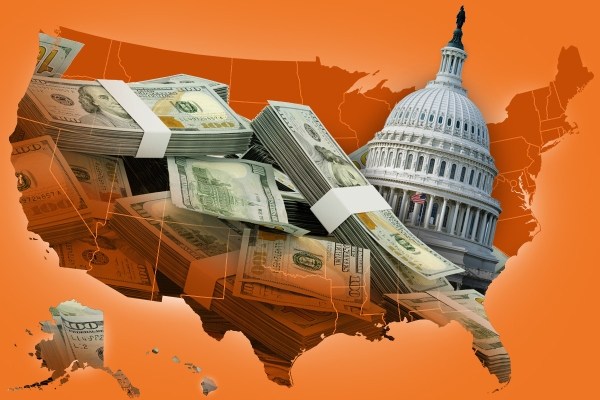In a move that has drawn both praise and criticism, Congress has allocated $1.3 billion in federal earmarks to colleges across the United States. Earmarks are funds that are set aside for specific projects or purposes, and in this case, they are being used to support higher education institutions.
The money will be distributed among a variety of colleges and universities, with the aim of improving facilities, research capabilities, and student services. For many schools, this influx of funds will be a welcome relief after a challenging year dealing with the impacts of the COVID-19 pandemic.
Supporters of the earmarks argue that investing in higher education is crucial for the future success of the country. By providing colleges with the resources they need to excel, the government is helping to ensure that students receive a high-quality education and are prepared to enter the workforce.
On the other hand, critics have raised concerns about the use of earmarks, arguing that it can lead to wasteful spending and favoritism. They also question whether federal funds should be used to support colleges, rather than other pressing priorities such as healthcare or infrastructure.
Despite the controversy surrounding earmarks, it is clear that colleges and universities will benefit from this injection of funds. The money can be used to upgrade outdated facilities, expand research programs, and provide more support for students, all of which can help to improve the overall quality of higher education in the United States.
In the end, it will be up to each individual college to use these funds responsibly and effectively. By making smart investments and prioritizing the needs of their students, colleges can ensure that the money from these federal earmarks has a lasting and positive impact on their institutions.



